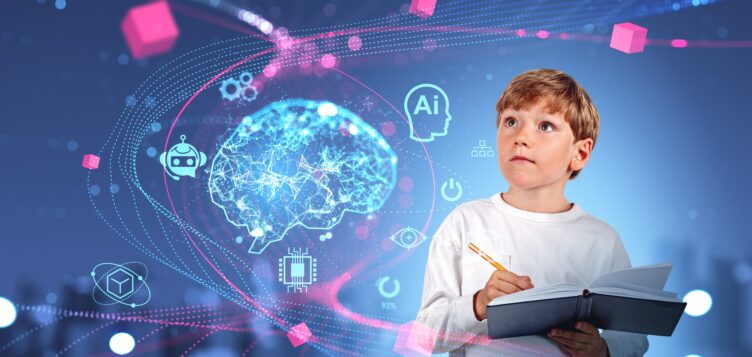AI Faces Tough Role in U.S. School Literacy Crisis

Reading ability among U.S. students dropped to historic lows during the pandemic. Educators now hope artificial intelligence (AI) can help reverse the decline.
Schools across the country are introducing AI-driven tools that listen as students read aloud, detect mistakes, and offer real-time feedback. For example, a Denver district is using a system that supports both English- and Spanish-speaking children.
Proponents say these tools can tailor lessons to each student’s pace—and offer support where teachers are stretched too thin. But many experts caution: AI isn’t a silver bullet. It can’t replace the guidance and human connection of a teacher or parent.
Some schools worry that relying on screen-based tools could widen the gap between students who have strong home support and those who don’t. Concerns also center on privacy, screen time and whether students will develop critical reading habits—or become too dependent on tech.
While policymakers push for wider AI integration—such as teacher training and curriculum changes—the literacy challenge remains steep. Parents, teachers and tech companies agree: to bring reading levels back up, classrooms and homes both need smarter tools and real human support.

